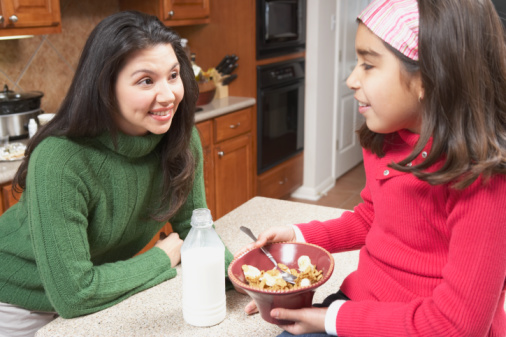
In the first recent piece of good news about the child obesity epidemic, the latest statistics on preschoolers—those 2- to 5-year-old bundles of joy whom we worry about so much—suggest that they’re less obese than they used to be.
Between 2003/2004 and 2011/2012, according to the Centers for Disease Control (CDC), there was a huge drop in the prevalence of obesity in this group—from roughly 14 percent to 8 percent. That’s a reduction of 43 percent in about seven years.
At first glance, it’s striking and welcome news. First, any reduction in child obesity at any age is positive. Second, an improvement in this young age group is particularly encouraging because research has shown that the best way to reduce child obesity is to prevent it or reverse it as early as possible. When we can prevent its onset in young children we have a better shot at preventing it during adolescence or adulthood.
But before we get too pleased with our efforts, it helps to remember that old adage, “If it sounds too good to be true, it probably is.”
The reported reductions might be true, but there are reasons we should proceed with some degree of caution. While the statistics during the study period may be factually accurate, they may not paint a complete picture. That’s because data collection in health studies can be inconsistent.
Even though there’s a drop in obesity among 2- to 5-year-olds, after age 5 things look a bit depressing. What’s most disheartening is that children ages 6 to 11 appear to be as likely to be obese as children ages 12 to 19, suggesting that kids are becoming obese earlier and staying that way longer.
Hispanic children and African American children still have the highest rates of obesity and overweight; Asians have the lowest. To be fair, the percentage of obese children of all races and ethnicities seems to be leveling off a bit, around the 17–19 percent range, and it’s been there for a while, so there’s some hope.
The take-home message for parents with kids of any age is that they don’t have to wait for legislation or government data or some massive public health program to be established in order to reverse the course of this epidemic. Those are important to have, but not essential at the individual level. Indeed, in my practice providing nutritional guidance to children ages 6 months to 21 years, I don’t have the luxury of waiting around for government policies. Parents come to me daily for tools they can use right now. Here’s the advice I give them:
- Use this opportunity to look at the example you’re setting for your kids. You’re their primary role model and you don’t need to be perfect—just a little better a little at a time.
- Clean up the home eating environment. Kids can eat only what’s there.
- Cook healthy foods with your kids and eat with your kids. It’s one of the best ways to improve everyone’s diet and improve family communication.
- Herd ’em up, move ’em out. Everyone needs to be more active. Little kids need time just to be kids and play. Older kids and parents need to think of physical activity as a part of their fun, not instead of their fun. Aim for 60 minutes each day for kids, but any increased amount of time spent exercising is progress.
- Go on a media diet. Keep the leisure screen time to two hours a day or less. Too much screen time is associated with obesity and it also prevents kids from developing other interests. Help them learn a new skill; allow them time to explore. Reducing screen time also means a bit more time for homework.
As an individual parent, you can’t change the nation’s epidemic of child obesity single-handedly, but you can change it in your house. And that may be enough.

